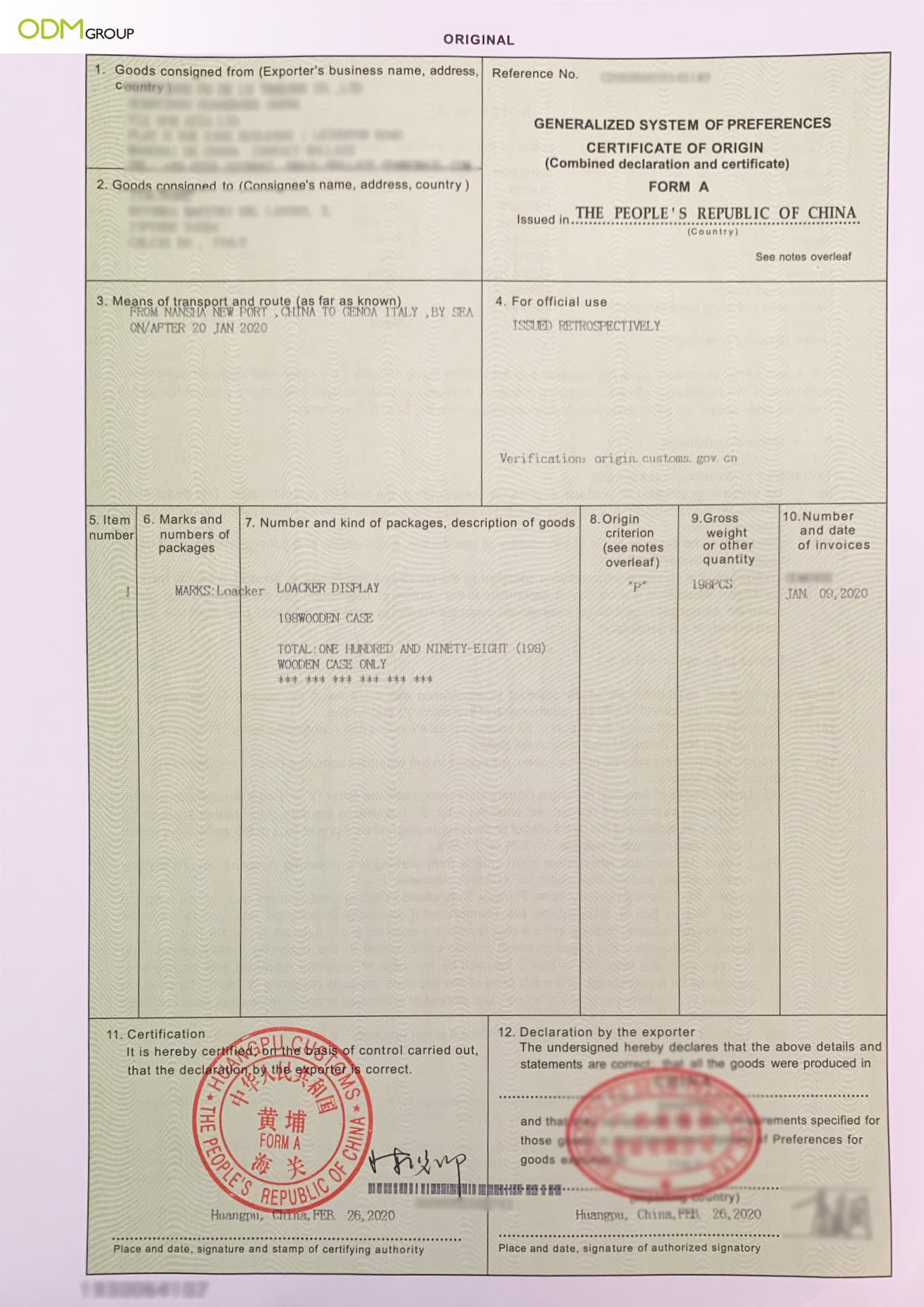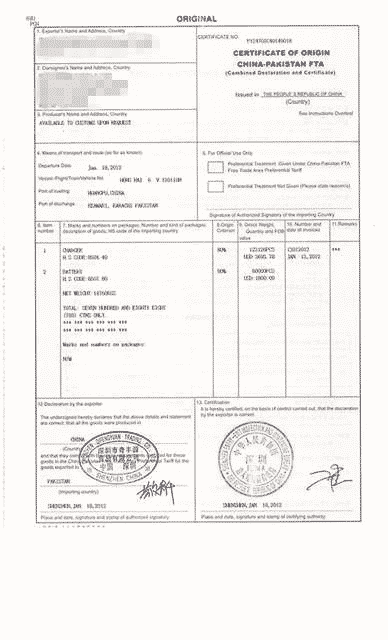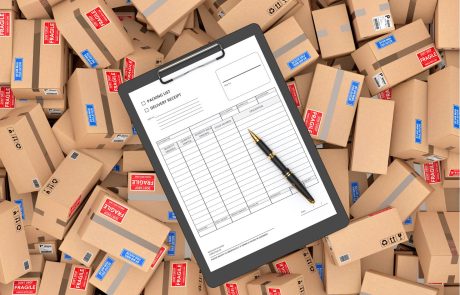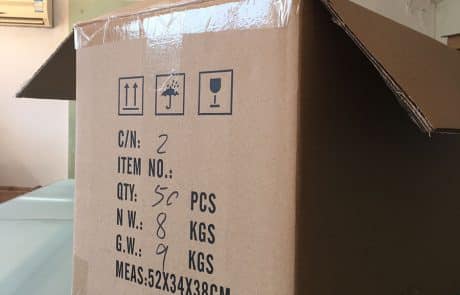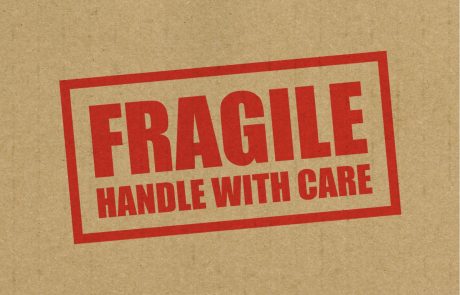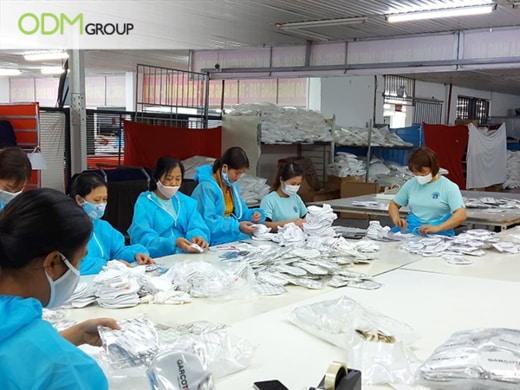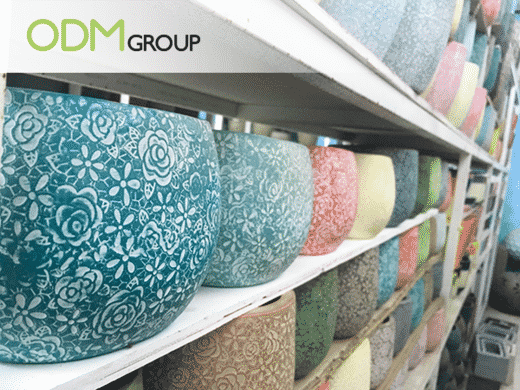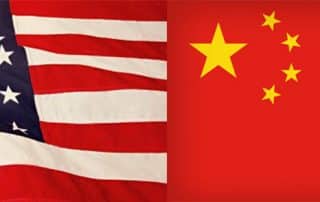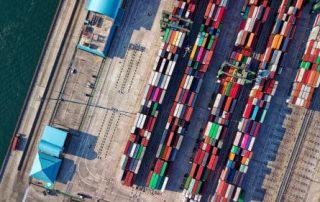Trade between the United States and Vietnam continuously grows, with billions of exports leaving Vietnam each year. U.S. companies are investing in the Vietnamese economy, driven by the country’s thriving manufacturing sector and relatively lower import tariff rates. If you are interested in shipping goods out of the Southeast Asian country, let us show you what makes it the best choice in this blog!
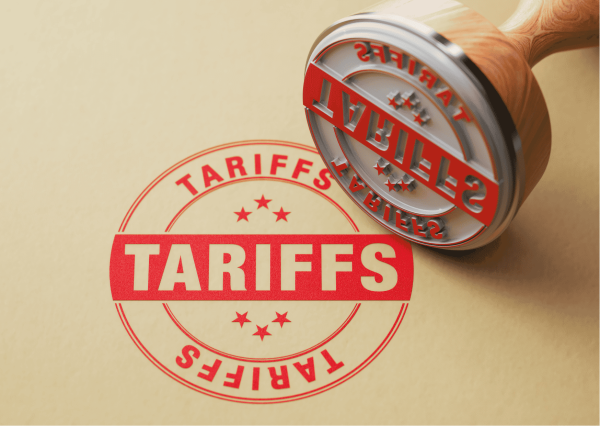
What Is Import Tariff Rate?
An import tariff is a tax that is levied on imported goods and services. It is a type of consumption tax as it is paid by the consumer when they buy an imported good, rather than by the producer or seller of the good. The amount of import tariff depends on the value of the product being imported, and how much it will affect domestic production.
Forms of Import Tariffs
There are a variety of tariff rates employed by countries to ensure fair trade and protect domestic industries. There are also different types of tariffs that can be applied, depending on the country and the product being imported.
| Ad Valorem Tariff |
|---|
| A tariff imposed as a percentage of the value of the imported goods. |
| Specific Tariffs |
|---|
| A tax levied as a fixed amount per unit of the imported good. |
| Compound Tariffs |
|---|
| Expressed as a combination of an ad valorem duty and a specific duty, added together or one subtracted from the other. |
| Mixed Tariffs |
|---|
| Expressed as a conditional combination of ad valorem or a specific rate, one applying below a limit, the other applying above it. |
| Tariff Rate Quotas |
|---|
| A two-tiered tariff allows the import of a specific quantity of a good at a preferential or reduced duty rate. The imports beyond this quota are subject to higher tariffs. |
Understanding Vietnam Import Tariff Rates
Vietnam has made significant reductions in tariff rates on products of interest to the United States as part of its entry into the World Trade Organization in 2007. This has been a boon to most U.S. exports due to low tariffs of 15 per cent or less.
On the other hand, Vietnam has increased applied tariff rates on several products in recent years. Although the tariff rates remain below WTO-bound levels, foreign businesses have been affected by the increases.
Vs. China
Due to its strategic location on the Pacific Ocean and developed port infrastructure, exporting from Vietnam is very similar to exporting from China.
China’s manufacturing sector has grown rapidly over the past decade, thanks to its abundant labour force and relatively low wages that have attracted foreign investors.
Over the years, a lot of factors made importing goods from China to the U.S more challenging. Here are some of them:
1. Tariffs established by the Trump administration.
The US-China Trade War is a trade conflict between the United States and China.
It began in 2018 after Donald Trump announced that he would place 25 per cent duties on Chinese products including cars, hard disks and aircraft parts.
China retaliates by imposing a 25 per cent tariff on 545 goods originating from the US worth US$34 billion, including agricultural products, automobiles and aquatic products.
2. China’s COVID-19 lockdowns.
Supply chain snarls stemming from China’s zero-tolerance COVID-19 policy have significantly added to the challenges for the import industry.
The result is long wait times at ports and other facilities, price hikes and demand-supply imbalance.
The impact of this disruption is especially acute in specific industries, which rely on China for components or parts they assemble or manufacture into finished goods sold across the globe.
3. Uyghur Forced Labor Prevention Act
In 2021, the U.S. Congress passed a law called the Uyghur Forced Labor Prevention Act.
The act is named after the ethnic minority group, the Uyghurs, who face severe restrictions on religious practice and cultural expression under the Chinese government.
It requires companies to ensure that their merchandise import was not produced by forced labour in Xinjiang Uyghur Autonomous Region (XUAR) of China.
4. President Biden on lifting some tariffs on China.
Biden administration is making a significant move to lift tariffs implemented by the Trump administration, which cover about two-thirds of all goods imported from China.
Nonetheless, the Section 301 tariffs against China are still in place even after the Biden administration has successfully undone some of the duties.
This includes 25% tariffs on some $250 billion worth of imported goods, and 7.5% tariffs on another $112 billion worth of imports.
Bottomline:
If you’re importing from China, you may be subject to higher tariffs on your goods as they cross into the U.S., which can add up quickly depending on how much you’re importing. Recently, we have quoted a 30% tax from China to the U.S when importing baseball merchandise caps which we find a relatively cheaper import duty tax in Vietnam.
All About Shipping Promotional Products
Certificate of Origin
A certificate of origin is a document issued by a manufacturer or exporter that certifies the origin of a product.
It can be required by customs officials to determine the country of origin for tariff purposes, or it may be used by importers as an aid in determining whether the goods they are importing are made in compliance with laws.
Free Trade Agreement
A free trade agreement (FTA) is a form of an international trade agreement between two or more countries, generally negotiated by governments.
It may reduce tariffs and other trade barriers, and can include rules on investment, intellectual property, labour laws, environment and government procurement.
Shipping Promotional Products: What Are Delivery Notes?
Nowadays, the delivery service is being utilised by all sorts of people and a knocking delivery at your doorstep […]
How to Make Shipping Marks for Export Cartons?
“Shipping Marks” are used by exporters such as ODM who send products in Carton Boxes to their clients. When the […]
Shipping Hazardous Materials: Everything You Need To Know
When it comes to the transportation of goods, there are many different factors that can affect how a product is shipped. […]
So, Why Vietnam?
Vietnam is one of the fastest-growing countries in the world. It’s also a great place to do business, with a highly educated workforce, low labour costs and plenty of investment opportunities.
With an increasing demand for high-quality products and services, Vietnam is poised to become an essential global manufacturing hub.
Would you love to know more about Vietnamese suppliers?
Our team in HồChí Minh, Vietnam, can assist you!
We are a reliable procurement partner that can offer you the following advantages.
Read More About Vietnam:
Understanding Manufacturing Companies in Vietnam – 4 Key Lessons
The ODM team has recently visited one of the manufacturing companies in Vietnam to find out more about their capabilities […]
3 Reasons Why Sourcing in Vietnam is the Way to Go!
With the cost of wages in China tripling over the past decade, alongside the increase in taxes, energy prices and […]
Manufacturing Masks in Vietnam: Sourcing for COVID19 Supplies
Having an office in Ho Chi Minh City, Vietnam means that we have better access to Vietnamese suppliers. In recent […]
Moving Production To Vietnam: Everything You Need to Know
China is undeniably considered one of the countries with the highest industrial output and is the largest manufacturer in the […]
Vietnam Trade Shows for Sourcing Merchandise
In October, ODM visited the largest plastic trade show in Vietnam for sourcing merchandise, Vietnam Plas! Vietnam Plas […]
